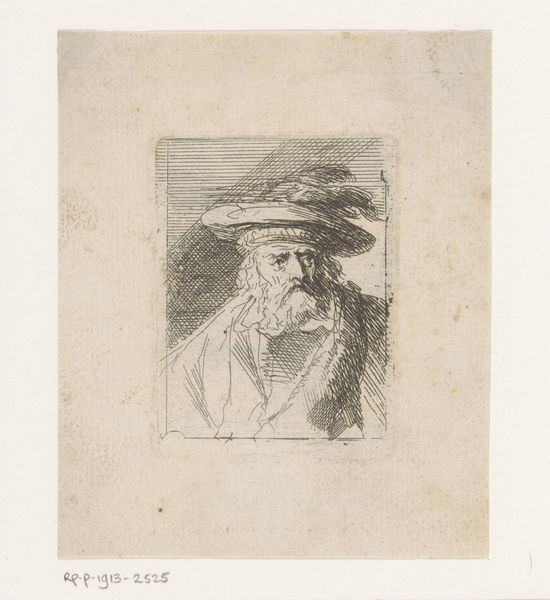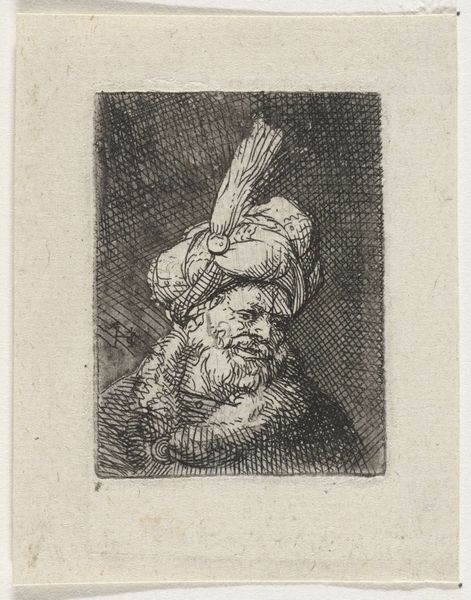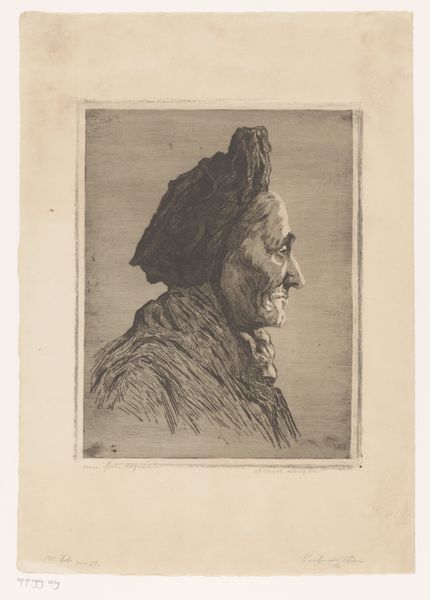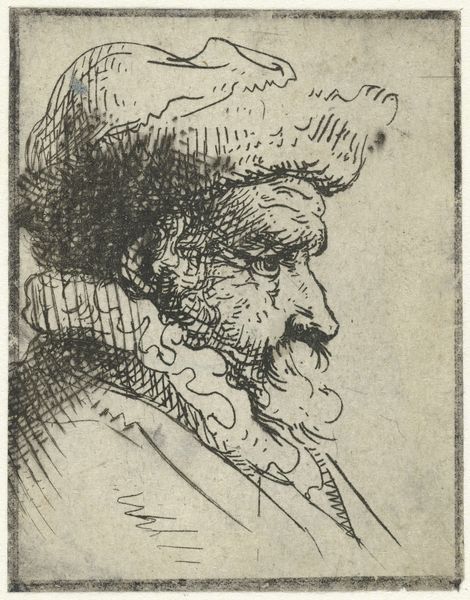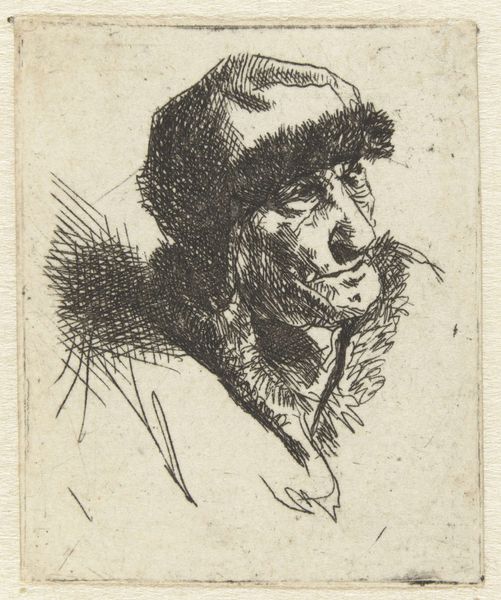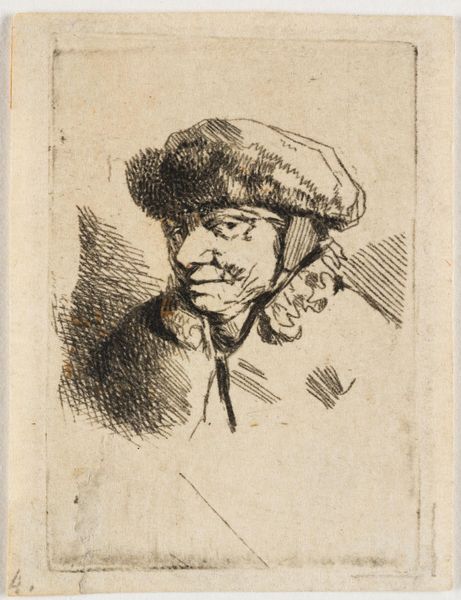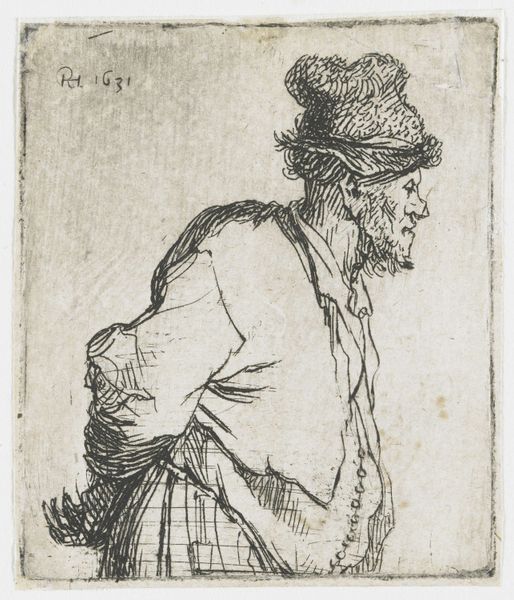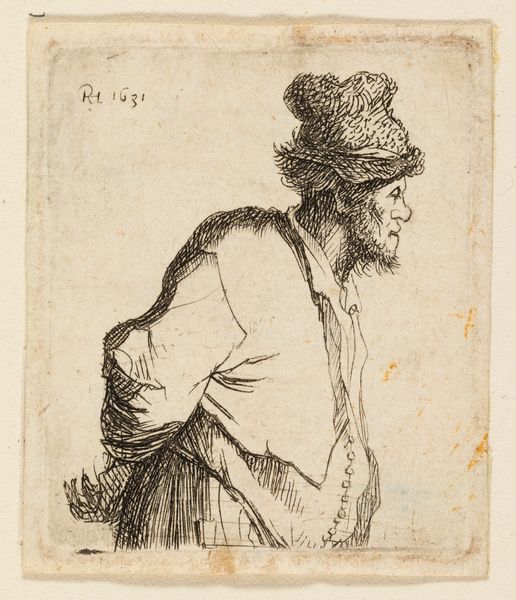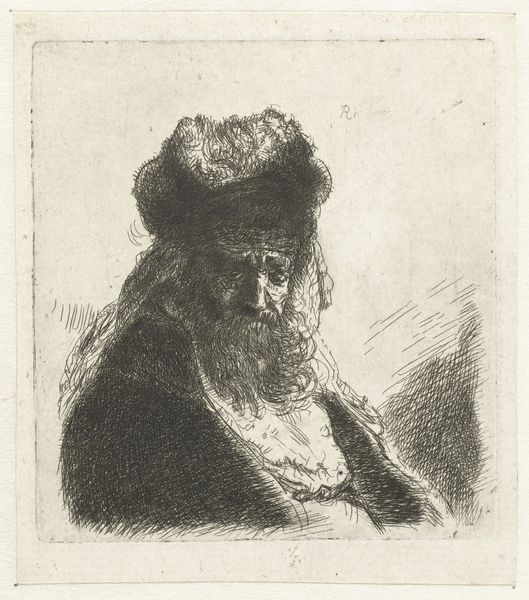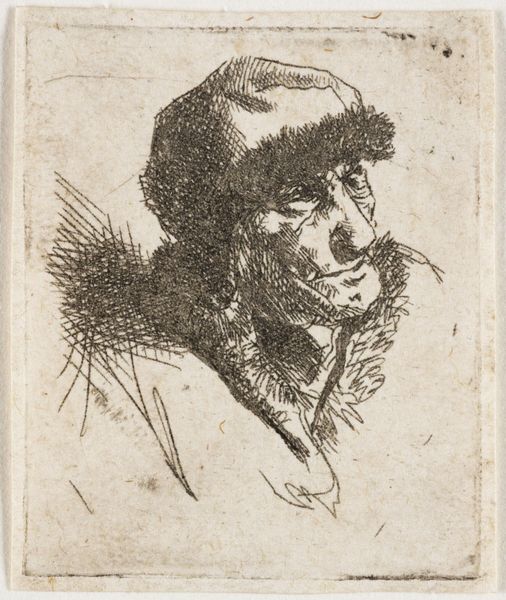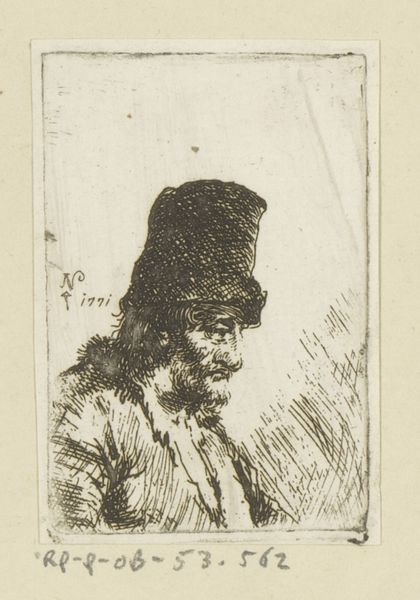
drawing, print, etching
#
portrait
#
drawing
#
baroque
# print
#
etching
#
pencil sketch
Copyright: National Gallery of Art: CC0 1.0
This etching of a crying man was created by Rembrandt van Rijn in the Dutch Republic. Rembrandt, a master of light and shadow, was also deeply interested in human emotion. But what does it mean to depict such raw emotion? The Dutch Republic, a burgeoning center for trade and art, was also a society grappling with social inequalities. Rembrandt, through his art, often challenged the norms of portraiture, choosing to depict not just the wealthy and powerful, but also everyday people. In his etchings, he explored the full spectrum of human experience, including grief and despair. The image creates meaning through its stark contrasts and intimate portrayal of vulnerability. To understand Rembrandt's work more fully, we can turn to archival sources, such as letters and contemporary accounts, to shed light on the social and artistic context in which he was working. Art, after all, is always shaped by the world around it.
Comments
No comments
Be the first to comment and join the conversation on the ultimate creative platform.

